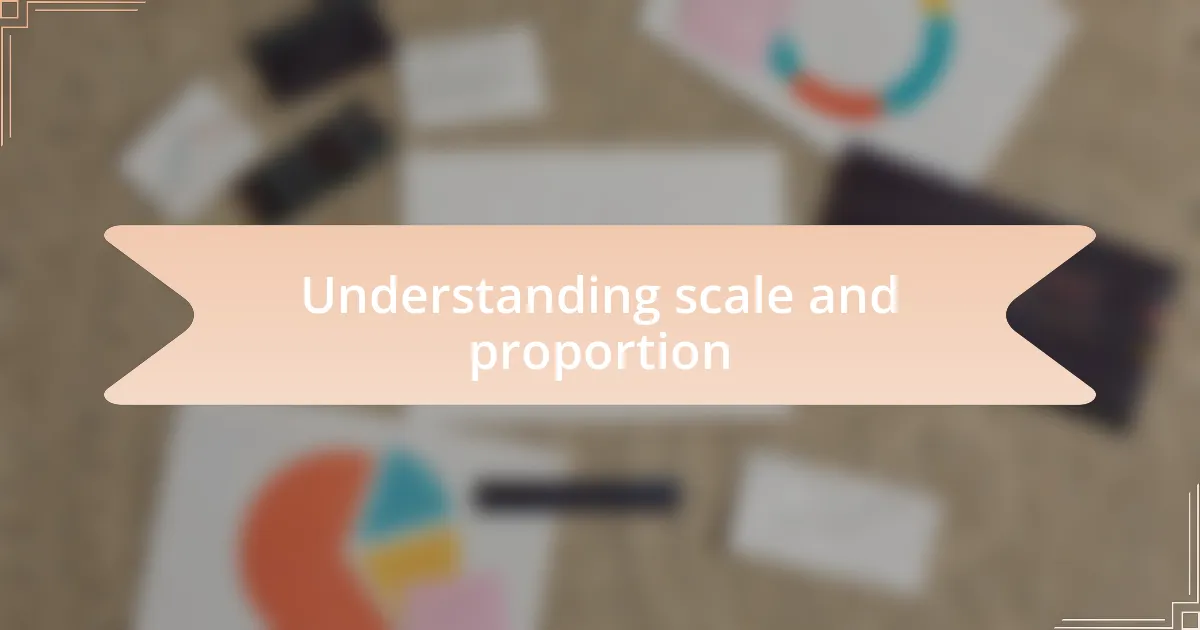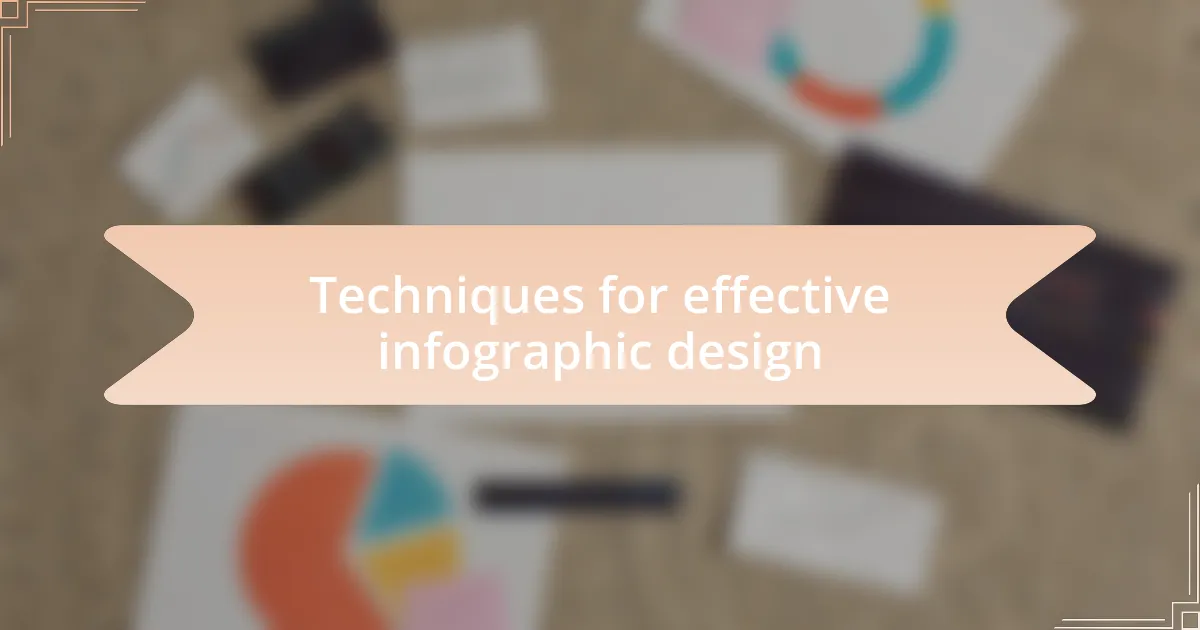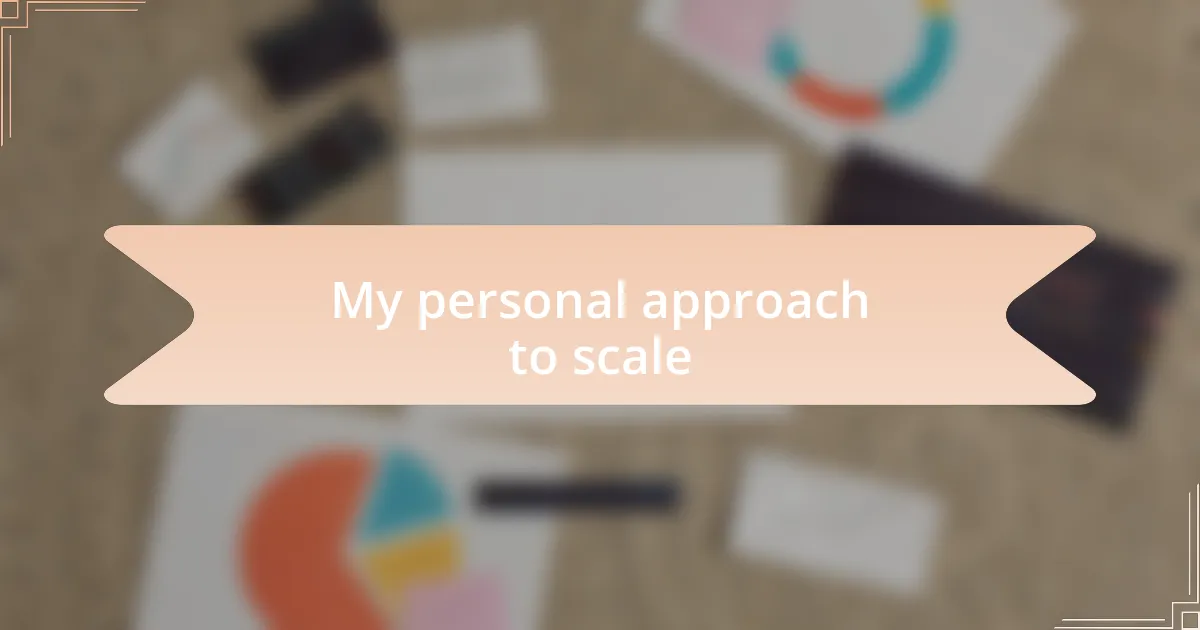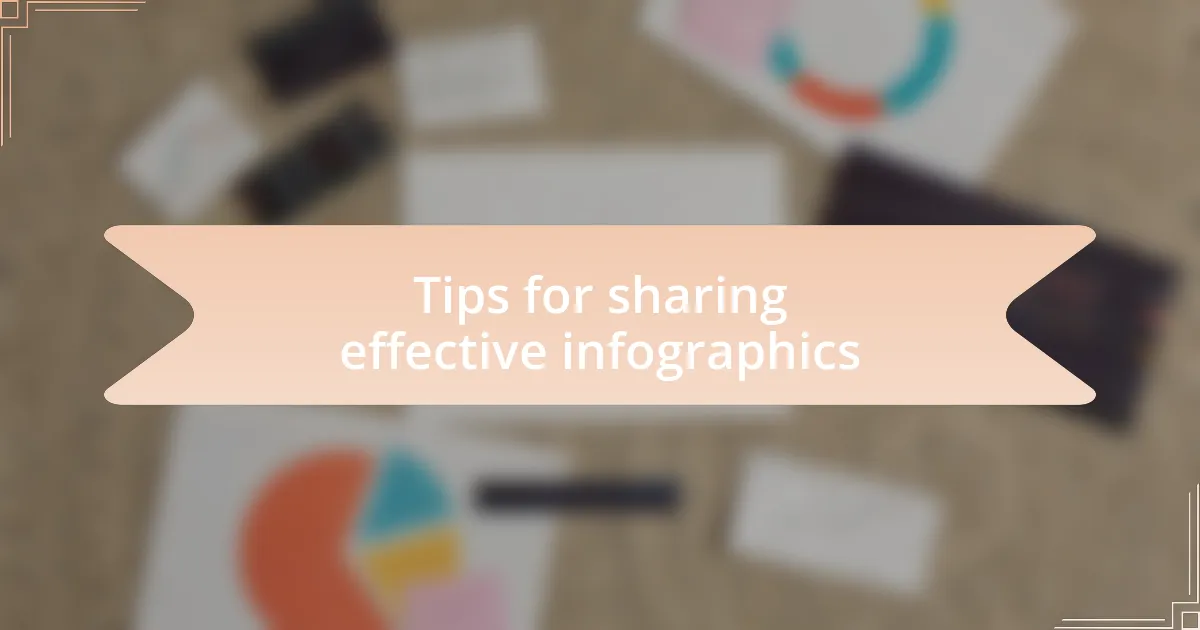Key takeaways:
- Understanding scale and proportion is essential for achieving balance and visual hierarchy in design, greatly impacting viewer engagement and comprehension.
- Effective use of color contrast and whitespace enhances clarity and emotional response, guiding viewers through complex information seamlessly.
- Intentional manipulation of scale can convey urgency and importance, transforming abstract data into compelling visuals that evoke feelings and drive action.
- Tailoring infographics for specific audiences and incorporating storytelling elements can significantly improve engagement and connection with the material.

Understanding scale and proportion
Understanding scale and proportion goes beyond mere measurements; it’s about how elements relate to each other within a design. I still remember the first time I attempted to create an infographic. I mistakenly enlarged a few icons without considering their relationship to the text, and the whole piece felt off-balance. This experience taught me that the right scale can make a design harmonious while inappropriate proportions can lead to confusion.
When designing, I often ask myself, “Does this element feel right in relation to others?” For instance, in one project, I chose to use a larger font for headings to ensure they stood out against the smaller text. The visual hierarchy that emerged not only improved readability but also conveyed the importance of the information. This aspect of design has truly transformed how I approach creating infographics.
Proportion plays a crucial role in drawing attention to specific data points. During a recent design, I highlighted a significant statistic by using a contrasting color alongside a larger graph. I found that visitors were naturally drawn to that element, reinforcing my understanding that when scale and proportion are carefully considered, they can guide the viewer’s journey through the information effortlessly.

Importance of scale in design
When I first realized the power of scale in design, it clicked for me in a surprising way. I had placed a tiny image on a large canvas, thinking it would add charm, but instead, it felt lost and overlooked. That moment highlighted how scale not only affects aesthetics but also the way an audience interacts with the information presented. Have you ever felt overwhelmed by a cluttered graphic? It often comes down to the choice of scale—too many competing sizes can confuse viewers rather than guide them.
In my experience, appropriate scale is essential for creating a visual narrative. For example, during a project on public health, I used a large icon of a heart to symbolize the importance of heart health. What struck me was how this choice transformed the message—it became a focal point that drew in my viewers, prompting them to engage with the content more deeply. Isn’t it fascinating how the right size can evoke emotions and even compel action?
Moreover, scale facilitates the organization of complex information. I once tackled a multifaceted report by breaking down data into smaller sections with varied sizes—larger graphs for key statistics and smaller ones for supporting info. This technique not only made the infographic visually appealing but also helped the audience navigate the information intuitively. Have you tried adjusting the size of your elements for better flow? I encourage you to explore this in your designs; it can truly elevate the user experience.

How proportion affects visual impact
Proportion plays a crucial role in making visuals resonate with an audience. I remember designing an infographic about climate change and intentionally scaling various elements to reflect urgency. By enlarging alarming statistics, I was able to create a striking contrast with background information, immediately capturing attention. Have you noticed how a slight change in proportion can turn a dull graphic into something compelling?
When elements are proportionate, they naturally guide the viewer’s eye through the design. In one project, I used proportion to emphasize the relationship between population growth and resource consumption. I scaled the illustrations of resources much larger than the population figures, visually conveying just how impactful that growth could be. It made me realize how effectively proportion can tell a story without words—how has proportion shaped your understanding of infographics?
Additionally, proportion affects not just cognition but also emotional response. I once experimented by scaling images of wildlife to represent biodiversity loss, making endangered species far larger than everyday creatures. This choice sent a strong emotional signal to viewers—it felt as if these animals were calling out for attention. Think about how proportion can enhance emotional connections in your own designs; aren’t visuals more powerful when they evoke feelings?

Techniques for effective infographic design
One effective technique in infographic design is using color contrast to enhance the hierarchy of information. I’ve found that contrasting colors not only make key statistics pop but also create a more engaging experience for viewers. For instance, when I designed an infographic for a local health campaign, I used a bold red for critical health risks and softer shades for general information. This approach drew immediate attention to the most important facts—have you ever noticed how a splash of color can make data unforgettable?
Another powerful strategy is the use of whitespace. While it might seem counterintuitive, leaving empty spaces between elements can elevate the overall design and improve readability. In my experience, when I applied generous whitespace around text blocks and graphics in a project about sustainable living, it allowed viewers to absorb each piece of information without feeling overwhelmed. Don’t you find that sometimes, less really is more in design?
Finally, the integration of icons and illustrations can greatly simplify complex ideas. I remember creating an infographic about renewable energy where I included simple icons representing solar, wind, and hydro power. This not only made the data more accessible but also added a friendly and relatable touch. Have you ever thought about how illustrations can bridge the gap between information and understanding in your visual storytelling?

My personal approach to scale
In my work, scale is not just about size; it’s about impact. When I created an infographic to visualize the scale of climate change effects, I used varying sizes of graphics to represent data points, making some statistics loom large while others receded into the background. This intentional manipulation of scale allowed viewers to immediately grasp what was most urgent—did you feel the weight of that imagery?
I often apply a personal touch when considering proportion. Once, while designing an infographic focusing on community demographics, I chose to represent the youth population with a visually dominant circle, while depicting the elderly with a smaller venue. This distinction mirrored my experience observing the vibrant energy of youth in my local area; it also sparked discussions among viewers about the societal roles of different age groups. Have you ever found that the sizes of representations can convey feelings and perspectives that numbers alone cannot?
Another aspect of my approach involves using scale to guide narratives. During a project on global literacy rates, I opted for a gradual scale in my illustrations, showing the progress over time. This unapologetically illustrated journey resonated with those who have felt the struggle for knowledge. Doesn’t it connect you more deeply to the cause when you can visualize the journey rather than just the outcome?

Lessons learned from my experience
In my experience, one critical lesson was recognizing that scale can stir emotions. For instance, when I created an infographic highlighting homelessness statistics, I opted for a towering graphic of individuals representing those affected. The sheer size made the issue feel overwhelming, urging viewers to confront the reality. Did that ever resonate with you, when a visual hit home in such a significant way?
I’ve also learned that simplifying complex data with proportion can lead to greater understanding. I remember tackling an intricate topic like healthcare disparities; I chose to depict different groups as varying rectangles. This decision wasn’t just for aesthetics—it sparked conversations about how these disparities truly affect lives. Have you found that visual representation can sometimes break down barriers that statistics impose?
Lastly, the relationship between scale and context has become evident in my work. When representing pollution levels in a city infographic, I surrounded the central graphic with smaller icons depicting the local wildlife affected. That contrast emphasized the larger narrative and created a more profound message. Don’t you think it’s fascinating how context can change how we perceive scale?

Tips for sharing effective infographics
When you’re sharing infographics, think about the platform’s audience. I once shared an infographic on social media that included complex data without adjusting my approach for the audience, and it just didn’t resonate. I realized later that using relatable language and context for the audience can make a world of difference. Have you ever tailored your content for specific viewers, only to see a marked improvement in engagement?
Another tip is to use storytelling elements within your infographics. I remember crafting an infographic about environmental conservation, weaving a narrative through visuals that connected viewers emotionally to the cause. This storytelling approach not only drew attention but also inspired action among my audience. Isn’t it interesting how a well-crafted story can elevate simple data into something memorable and impactful?
Lastly, don’t underestimate the power of visuals that invite interaction. I created an infographic recently that encouraged viewers to click through to learn more, making the experience much more engaging. By prompting the audience to participate rather than passively consume the information, I saw a significant increase in shares and discussions. How do you ensure your infographics invite interaction and dialogue?